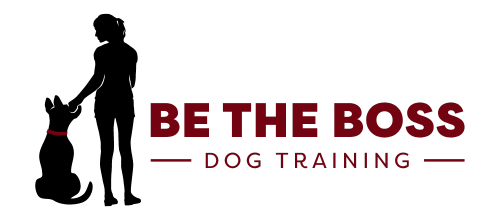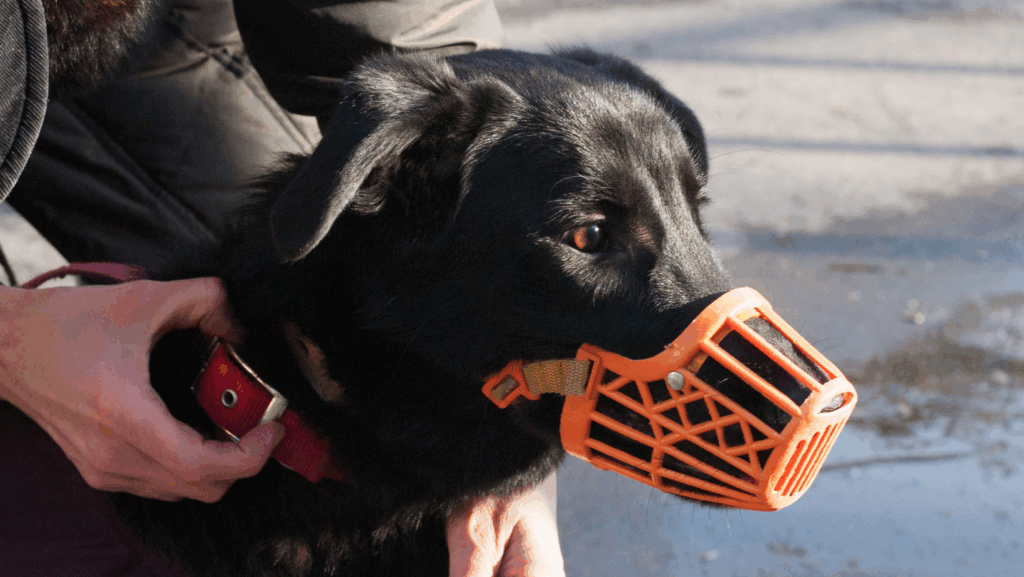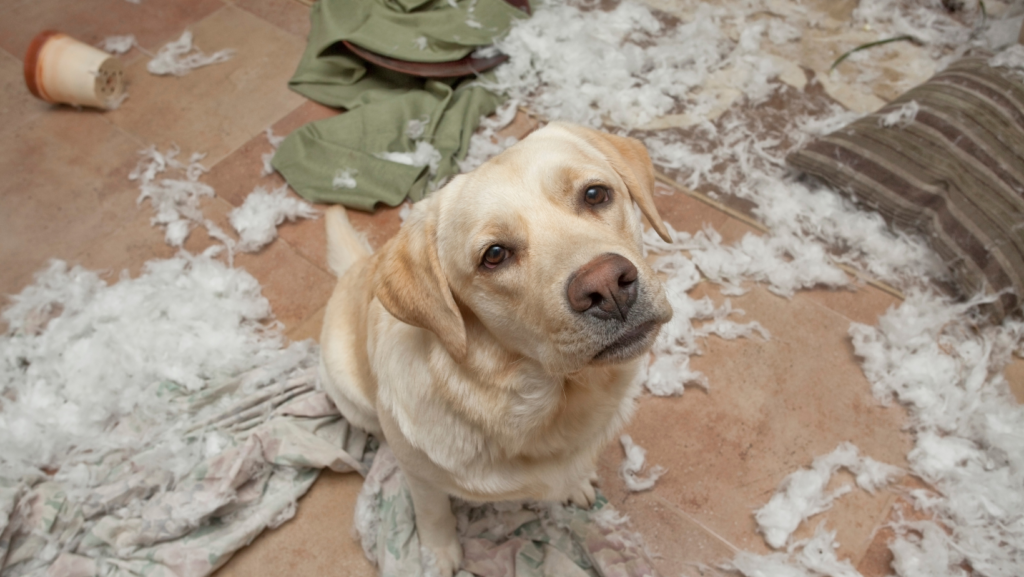Training your dog to come when called—EVERY SINGLE TIME—is the cornerstone of effective dog training. This command isn’t just a trick; it’s a lifeline that can keep your dog safe in dangerous situations and deepen the bond between you and your furry companion.
If you’ve struggled with dog recall training before or if you’ve been frustrated by your dog’s selective hearing, it’s time to get serious. This isn’t just about obedience—it’s about survival, trust, and respect.

Why Teaching a Dog to Come Is Non-Negotiable
Let’s cut to the chase: if your dog doesn’t come when called, you have a problem—a big problem. Whether your dog is chasing a squirrel toward a busy street or sprinting toward an aggressive dog in the park, failure to recall can lead to disaster. Teaching a dog to come is not an optional part of training; it’s the foundation upon which all other behaviors are built.
But let’s be real—most dogs don’t naturally want to come when called. They’re curious, easily distracted, and often more interested in whatever has caught their attention than in you. That’s where the right dog recall training techniques come in.

The Basics of Dog Recall Training: Setting the Groundwork
Before you even begin to train a dog to come, you need to establish yourself as the leader—no, the boss—in your dog’s life. If your dog doesn’t respect you, they won’t listen to you. And respect isn’t about fear; it’s about trust and understanding. Your dog needs to know that coming to you is the best thing that could happen in any situation.

Step 1: Start with the Right Environment
Dog recall training starts in a controlled environment where distractions are minimal. This could be your living room, a quiet backyard, or any place where your dog feels comfortable and safe. If you start in an area filled with distractions, you’re setting yourself up for failure. Remember, this isn’t just a game—this is life or death, so treat it with the seriousness it deserves.

Step 2: Use High-Value Rewards
If you want your dog to come when called, you need to make it worth their while. Use high-value treats that your dog doesn’t get at any other time. This could be pieces of cooked chicken, cheese, or any treat your dog absolutely loves. When you call your dog, they should associate that command with the best reward they could imagine. This isn’t the time to skimp on rewards—go big or go home.

Step 3: Use a Long Line for 100% Recall
Using a long line for recall training is non-negotiable if you’re serious about getting results. It gives you control while allowing your dog the freedom to explore, making it clear that coming when called isn’t optional—it’s mandatory. The long line ensures you can correct any hesitation instantly, reinforcing the idea that ignoring you isn’t an option. Remember, this isn’t just about training; it’s about establishing authority and trust in every situation.

Step 4: A Remote Collar is Your BEST Friend
A remote collar is your best friend when it comes to recall—no excuses, no hesitation, just results. It ensures that your dog listens, even in the most distracting environments, reinforcing the command instantly and effectively. With a remote collar, you’re not just training; you’re taking control, making it clear that coming when called is non-negotiable.
How to Train a Dog to Come: Step by Step Guide
Now that you’ve laid the groundwork, it’s time to get into the nitty-gritty of recall training. The following steps will guide you through how to teach a dog to come in a way that sticks.
Click here to get our FREE Recall training guide!

- Step 1: Start on a Leash Stand a few feet away, hold the leash firmly, and say your dog’s name followed by “come.” As soon as your dog starts moving toward you, reel them in gently and reward them the moment they reach you.
- Step 2: Increase the Distance Start moving to different rooms in the house or using a longer leash in the yard. The goal is to make sure your dog understands that “come” means they need to find you, no matter where you are.
- Step 3: Introduce Distractions Start adding distractions gradually—maybe a family member walking by, a toy on the ground, or mild outdoor noises. Every time your dog successfully comes to you despite these distractions, reward them handsomely.
- Step 4: Transition to Off-Leash Training Once your dog is consistently coming to you on a long leash, it’s time to try off-leash recall in a fenced area. Don’t take this step lightly; if your dog isn’t ready, go back to using the leash. Your dog’s safety depends on you getting this right.
- Step 5: Proofing the Behavior This is the final and most critical stage of dog recall training. Start introducing real-world distractions: other dogs, people, wildlife. If your dog hesitates or ignores you, do not lose your temper—reel them in, and keep practicing until they get it right. Failure is not an option here.

Common Pitfalls and How to Avoid Them
Dog recall training can be frustrating, especially if your dog seems stubborn or easily distracted. But giving up is not an option—this command is too important.
Pitfall 1: Inconsistent Training If you only practice recall occasionally, your dog won’t take it seriously. Consistency is key. You need to practice this command every day, in different environments, and under various conditions. Make it a part of your daily routine—this isn’t a one-time lesson; it’s a lifelong commitment.
Pitfall 2: Lack of Patience Dog recall training takes time. Some dogs get it in a week; others take months. Patience is crucial. If you rush the process, you’re more likely to encounter setbacks. Take your time, and don’t move on to the next step until your dog is ready. Remember, this isn’t just about obedience—it’s about creating a lasting behavior that could one day save your dog’s life.
Pitfall 3: Wrong Equipment Even with the best intentions and a good dog, time and patience can run out. Do not be ashamed if your dog is not catching on quickly, there are lots of good training tools out there that can help. We love to use the ecollar and the long line. Contact us here for questions about these tools!

Why Most Dog Recall Training Fails
Let’s be brutally honest—most dog recall training fails because the owner isn’t committed. They give up too soon, get frustrated, or don’t take the time to understand their dog’s needs. But that’s not you. You’re here because you’re serious about making sure your dog comes when called, no matter what.
Most owners don’t realize that recall is not just a command—it’s a reflection of the relationship between you and your dog. If your dog isn’t coming when called, it’s because they don’t see you as someone worth listening to. That’s a hard pill to swallow, but it’s the truth. Fix the relationship, and you’ll fix the recall.

Advanced Recall Training: Taking It to the Next Level
Once your dog is reliably coming when called in a variety of situations, it’s time to take things to the next level. Advanced recall training involves real-world scenarios where your dog’s safety is on the line.
Training in Unfamiliar Environments Start practicing recall in new places—parks, trails, or any area where your dog hasn’t been before. The more unfamiliar the environment, the better. Your dog needs to understand that “come” means come now, regardless of where they are or what they’re doing.
Emergency Recall Emergency recall is a special command used only in life-threatening situations. Choose a unique word that you don’t use in everyday conversation—something like “NOW” or “EMERGENCY.” Practice this command in high-stakes training sessions where the reward is off the charts. Save it for situations where your dog’s life could depend on it.
Group Training Sessions Come join us at our bi-monthly group classes (CLICK HERE)! Practice recall SAFELY around other dogs and people with professionally trained staff. Learn how to work through problem areas and improve your dog’s desire to come when called!
There’s MORE!
Now that you understand how to train a dog to come, it’s time to take action. Come check out our training programs and our FREE FB Group. We’d love to see you there!





